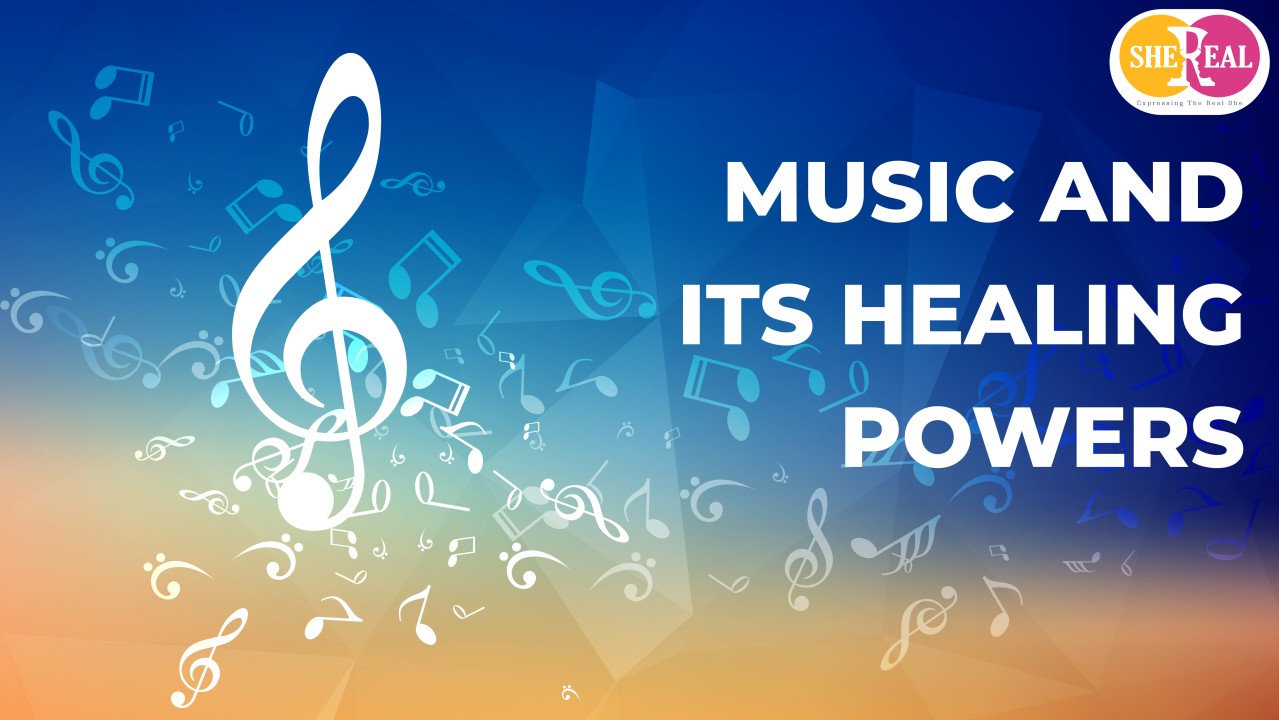Miami, a city known for its vibrant nightlife, beautiful beaches, and diverse culture, has a musical history that’s often overshadowed by its contemporary fame. Among the many genres that have graced this sunny metropolis, funk holds a special place—a genre that, while missing from the limelight in recent years, still has the power to heal and inspire. This article explores the impact of funk on Miami’s cultural landscape, its current state, and why it’s time to rediscover and celebrate this genre.
The Roots of Funk in Miami
Funk music, characterized by its rhythmic grooves, syncopated baselines, and infectious beats, emerged in the late 1960s and early 1970s. While it was popularized by artists like James Brown, George Clinton, and Sly and the Family Stone, Miami’s music scene also had its share of funk influence. The city’s diverse cultural makeup provided a fertile ground for funk to flourish, blending Caribbean rhythms with the genre’s quintessential elements.
In the 1970s, Miami was home to influential funk bands and artists who contributed to the genre’s development. Groups like the Miami Sound Machine, led by Emilio and Gloria Esteban, began incorporating funk into their Latin-influenced pop sound, creating a unique fusion that resonated with audiences both locally and globally. This era was marked by a rich exchange of musical ideas and styles, reflecting Miami’s status as a melting pot of cultures and sounds.
The Funk Scene Today
Despite its historical significance, funk has been somewhat overshadowed in recent years by newer musical trends and genres. Miami’s contemporary music scene has evolved with the rise of electronic dance music (ED), reggae ton, and hip-hop, which dominate the city’s airwaves and nightlife. While these genres bring their own vibrancy and excitement, they also contribute to a diminishing presence of funk.
However, the funk scene is far from extinct. Local musicians and enthusiasts continue to keep the spirit of funk alive, albeit on a smaller scale. Events like “Funk Fest Miami” and “Groove Night” at local venues highlight the enduring appeal of funk, drawing fans and performers who are passionate about preserving and celebrating this genre. Yet, these events remain niche, struggling to capture the widespread attention that funk once enjoyed.
The Healing Power of Funk
The significance of funk extends beyond its rhythmic complexity and infectious grooves. Funk has a profound emotional and psychological impact, offering a form of healing and expression that is particularly relevant in today’s world. The genre’s emphasis on groove and rhythm encourages movement and dance, providing an outlet for physical expression and emotional release. Funk’s upbeat and positive energy serves as a counterbalance to the stresses and challenges of modern life, fostering a sense of joy and connection.
Funk’s ability to heal is rooted in its roots as a response to social and political issues. During its early years, funk was a form of resistance and empowerment for marginalized communities. The music’s rhythmic intensity and celebratory nature provided a means for people to reclaim their power and express their identity. This historical context adds a layer of depth to funk, making it more than just a genre but a symbol of resilience and transformation.
Reviving Miami’s Funk Legacy
To fully appreciate and embrace funk’s healing power, Miami needs to reignite its connection to this influential genre. This revival starts with education and awareness. Schools and community programs can introduce younger generations to funk’s rich history and its role in shaping Miami’s musical landscape. By incorporating funk into music education, we can foster a new appreciation for the genre and inspire young musicians to explore its possibilities.
Local venues and promoters also play a crucial role in this revival. By dedicating spaces and events to funk, they can create opportunities for emerging and established funk artists to showcase their talents. Collaborations between funk musicians and artists from other genres can lead to innovative fusions, bringing funk into contemporary music while preserving its essence.
Moreover, fostering a sense of community around funk can enhance its visibility and impact. Creating platforms for discussions, performances, and collaborations can help build a supportive network of funk enthusiasts and practitioners. Social media and digital platforms also offer avenues to share and celebrate funk, reaching a wider audience and reconnecting with those who may have lost touch with the genre.
Conclusion
Funk’s healing power and its rich legacy in Miami’s cultural history make it a genre worth rediscovering and celebrating. As the city continues to evolve, there is an opportunity to embrace and revitalize funk, ensuring that its vibrant rhythms and positive energy continue to enrich the musical landscape. By acknowledging funk’s past contributions and fostering its future, Miami can reaffirm its position as a city where diverse musical traditions thrive, heal, and inspire. The time has come to heal the funk and let Miami’s musical soul shine once again.
